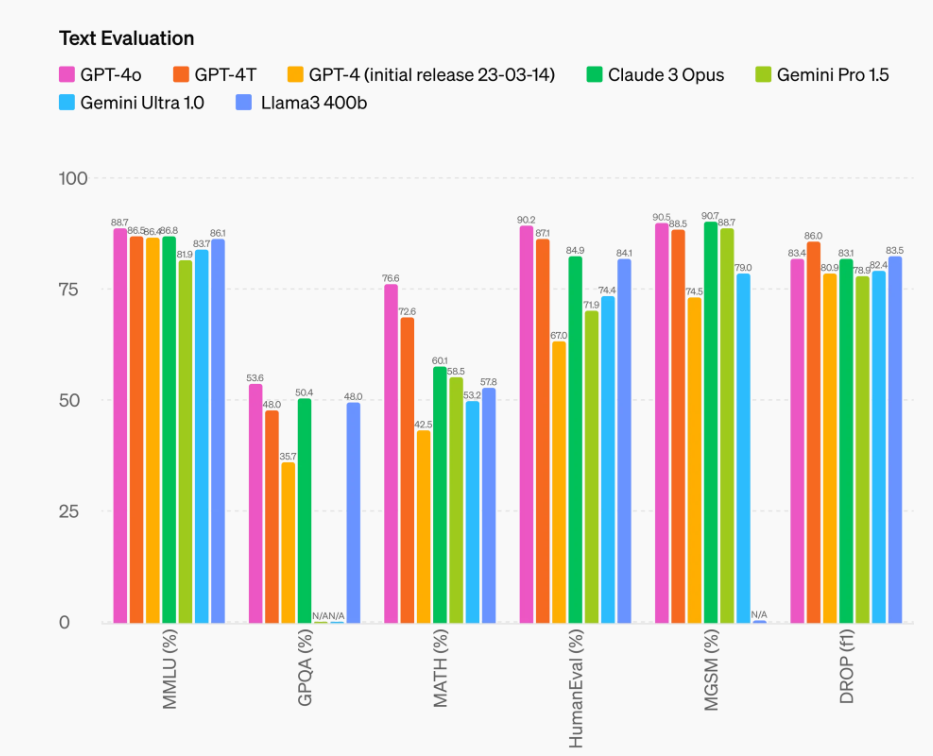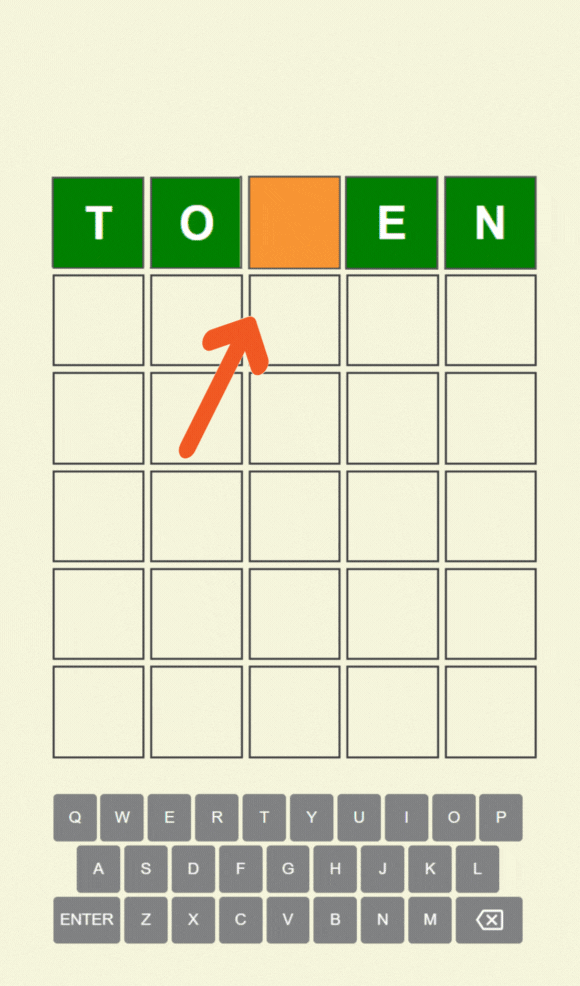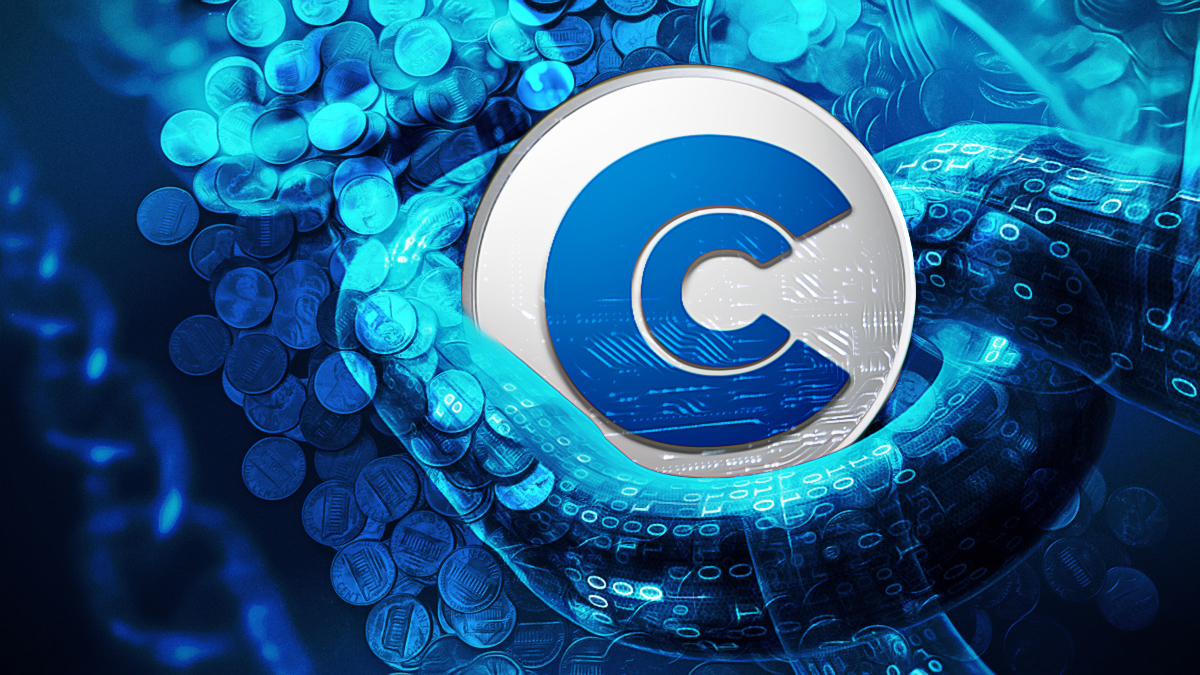We witnessed artificial intelligence become a tangible reality in November 2022, and a lot has happened in the past 1.5 years. The growth in the artificial intelligence field has naturally impacted the future of the internet and directly the web3 narrative, making every major development significant for us. And today, Mira Murati says, “we have really taken a big step.”
What is GPT-4o?
It’s possible to get exciting outputs from artificial intelligence products using voice, image, and text inputs. Capabilities include voiceovers, image processing, and creating new, imagination-based images, obtaining audio and visual outputs, even videos, from text inputs. What if this was done simultaneously? GPT-4o is a new product and does exactly that. This model, which can reason in real-time between voice, image, and text, could alter many things.
So, where does the name come from? GPT is standard and that part represents “omni.” Some of its features include;
- Accepts inputs in combinations of text, voice, and image.
- Similarly, it can output in these combinations.
- Can respond to voice inputs in as little as 232 milliseconds.
- Performance is equivalent to GPT-4 Turbo in English and coded texts.
- Significant improvements have been made in languages other than English.
- The API is faster and 50% cheaper.
- GPT-4o is also the best model OpenAI has developed so far, especially in interpreting images and sounds.

The text and image features of GPT-4o were made available on May 13. While all users have the opportunity to trial it, Plus members have a five times higher message sending limit. In the coming weeks, a new version of the Voice Mode with GPT-4o will also be launched in ChatGPT Plus.
Truly a Big Step
Robots and logically reasoning objects were things we were used to seeing in movies. However, today, technically all of this and even more is becoming possible. Understanding where technology has reached is therefore extremely important. Following the announcement, OpenAI CEO Sam Altman said in a blog post;
“It feels like the artificial intelligence from movies; and it still being real is somewhat surprising to me. Reaching human-level response times and expressive power will be a significant shift.”

 Türkçe
Türkçe Español
Español









